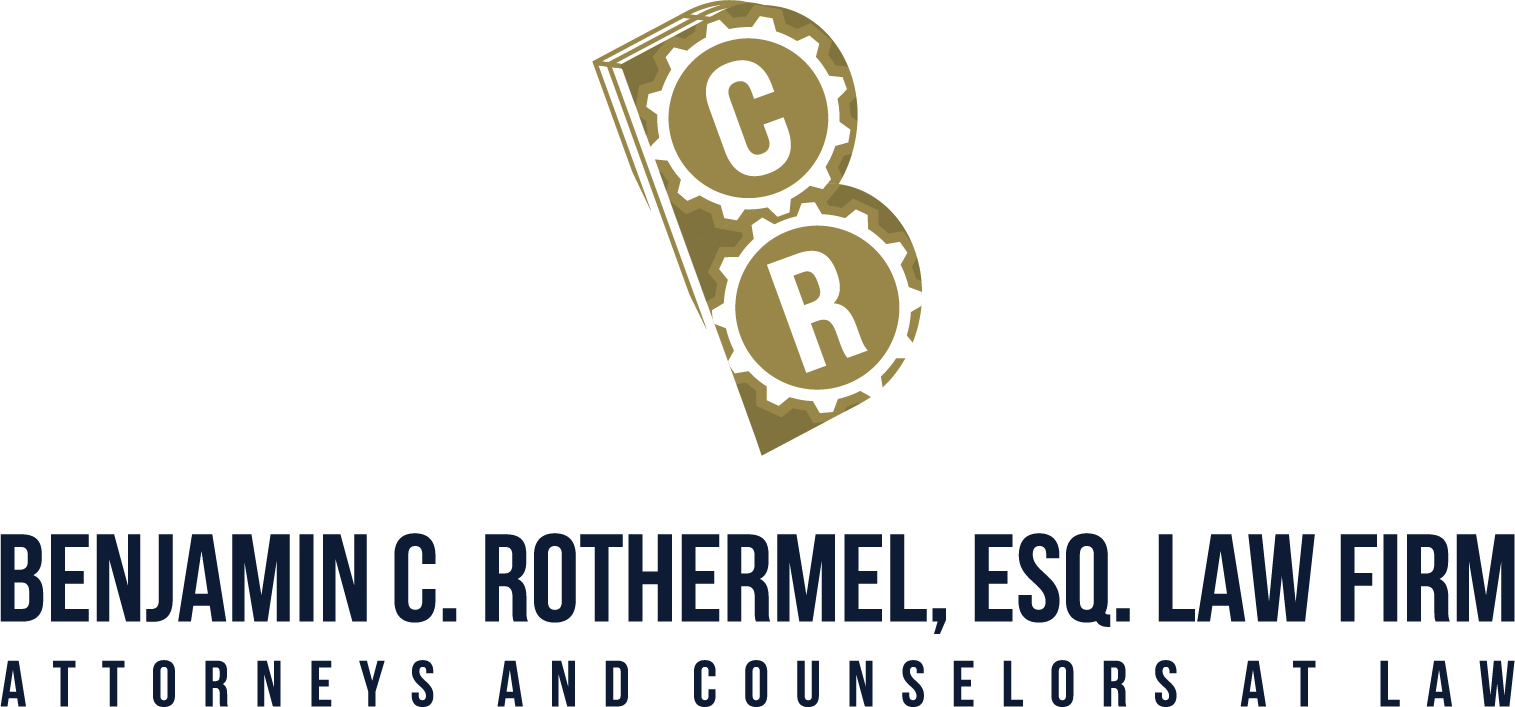Trademark Searching and Common Misconceptions About Trademark Due Diligence
Introduction
Trademark searches are a critical part of developing a brand, but it is common for many entrepreneurs and startups to overlook the due diligence process and forge ahead without taking the proper time to analyze the risks involved in using a name, logo, or other branding. It’s easy to understand why many make this unfortunate decision: legal services like trademark searching can be expensive, and frequently need to be performed at the outset of a venture, when startups are the most strapped for cash. However, failure to invest in trademark due diligence early on can lead to serious financial, time-consuming, and even emotional repercussions for entrepreneurs.
We have discussed the basics of trademark searching before in our post “Trademark Searches: What You Should Know”. This first post will provide a quick recap of the important topics covered in the previous post, then provide explanations of common misconceptions about the trademark process. A follow-up post goes into detail about what can happen when a proper trademark search is not conducted prior to using a mark.
What is a Trademark Search?
A trademark search is essentially a means of determining two key considerations for using a mark (a name or logo used to identify the source of goods or services). First, a trademark search is meant to determine whether a trademark is likely to be successfully registered as a federal trademark by the United States Patent and Trademark Office (the “Trademark Office”). Second, a comprehensive trademark search aims to address whether a business is likely to face liability to a third party if the business uses its proposed trademark.
A search consisting only of a review of the Trademark Office federal trademark database is called a “knockout trademark search,” whereas a search consisting of both a review of availability for federal registration and an analysis of potential liability is called a “comprehensive trademark search.” A knockout search is less expensive, but a comprehensive search is almost always the better choice for a business because the cost of addressing accused liability to a third party can quickly and easily outstrip the cost differential between these two types of searches.
For more information on what trademark searches are and how they work, please read our post “Trademark Searches: What You Should Know”. To learn more about the different types of trademarks and trademark terms generally, take a look at our post “Trademark Terminology”.
Common Mistakes in the Trademark Process
Lack of awareness of the “likelihood of confusion” analysis
One without experience in trademark law may believe that if there are no identical names listed in the federal trademark database or state corporation commission database, that they are in the clear as far as using their proposed trademark is concerned. This is frequently not the case. Two brands do not have to be identical for trademark infringement liability to arise. To determine whether one mark is infringing another, courts use a “likelihood of confusion” analysis. Under this analysis, the test is not whether the marks are identical, but whether a consumer would be likely to mistakenly believe that products and services from the two different businesses came from the same source.
Lack of awareness of common-law trademark rights
Some may believe that if there is no similar trademark registered in the Trademark Office database, that the name is available for use. This is an understandable misconception, but it is inaccurate due to the existence of common-law (“unregistered”) trademark rights. There is no requirement that a business register a trademark federally, and there are frequently competitors with similar names and common-law trademark rights in those names that can lead to significant liability for a business that hasn’t discovered these competitors through a comprehensive trademark search. In fact, this one reason why registering a trademark for your business or product name with the Trademark Office is important. With a federally registered trademark, you have legal defense if another business attempts to challenge your use of a name that they also use without a trademark.
Why A Knockout Trademark Search May Not Be Sufficient: A Cautionary Tale
Comprehensive trademark searching appears more expensive than knockout trademark searching. One may decide to opt for a knockout search only or decide to forego the due diligence process altogether. Although this course can be appealing for obvious reasons, it is essentially high-stakes gambling.
For example, say you are an entrepreneur starting a new business and are very concerned with keeping costs as low as possible. You conduct a brief round of online research and conclude that paying for a knockout trademark search would be sufficient. The knockout search is completed, and a federal trademark application is filed based on there having been no identical existing federal trademark registrations revealed in the knockout search.
Several months into the application process, and over a year after starting the business, you receive a cease and desist letter from a slightly older competing startup with a very similar name that isn’t registered in the federal trademark database, so was not revealed in the knockout search. You ultimately decide to rebrand just as your original branding is gaining traction, your federal trademark application is abandoned, inventory is repackaged, and a new trademark search must be conducted. All told, the process costs you thousands of dollars – and many times the difference in cost between the original knockout search and a comprehensive search.
If you have any questions about trademark due diligence, the federal trademark application process, or trademark protection and strategy generally, please feel free to
contact our firm.


Share On: